Quick heads-up: some of the links on this page are affiliate links. If you make a purchase through them, we may earn a small commission (at no extra cost to you). This small bit of income helps keep our site running.
Best Dehydrated Meal of 2025
This post was last updated on February 28, 2024.
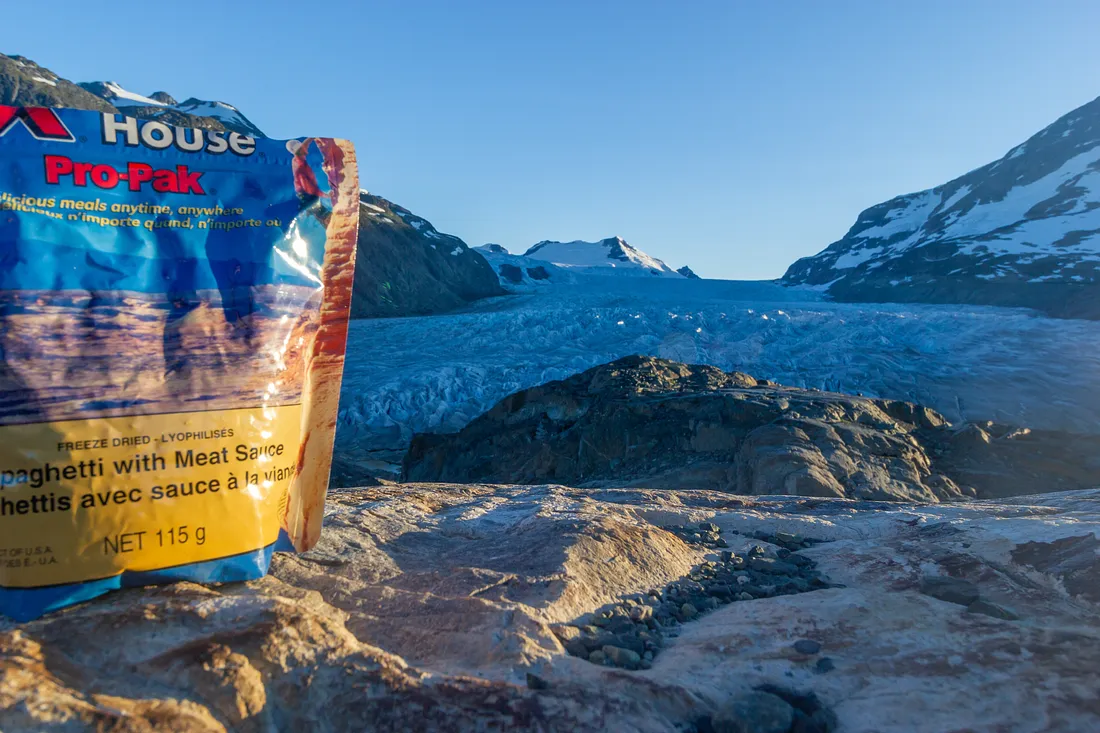
Sometimes you need more than a simple snack when you're out there facing nature's challenges. When your belly rumbles and a granola bar won't cut it, it's time to dig into a hearty dehydrated meal. Usually heated with a little boiling water, these compact, lightweight meals can transform into piping hot feasts that satisfy your hunger, fuel your muscles, and gratify your taste buds, all while keeping your backpack light.
There's a smorgasbord of dehydrated meals out there, each packing its own blend of taste, nutrition, ease of preparation, shelf life, and other considerations. And after gulping down countless satisfying - and sometimes not satisfying - options, we think that the very best dehydrated meals are made by Peak Refuel. They're good enough we would happily eat them at home, which is really saying something.
The rest of the podium is no less deserving, and we've got a couple of other great options waiting to fill your backpack, just in case the Peak Refuel options don't do it for you. We're also looking out for our budget campers, keto warriors, and plant-powered vegans. While we've been chowing down we've been taking notes based on taste & palatability, nutritional value & caloric density, preparation ease & required time, shelf life, weight, ingredients & dietary considerations, and they've all been factored into our top picks. Also worth mentioning is our related handy guides: if you're looking for the best backpack to carry these delicious meals, do check our reviews on Backpacking Backpacks. And to whip up these meals, we got you covered with the Best Backpacking Stoves. And, if you're looking for the perfect eating utensil, head over to our Guide on Sporks (we've got a specific, extra long spork that we recommend for eating from your dehydrated pouch with).
Our Top Recommendations
Our Top Pick

Peak Refuel Dehydrated Meals
Calories
Nutrition
Taste
| Calories |
9
|
| Nutrition |
9
|
| Taste |
8
|
Peak Refuel Dehydrated Meals take the top spot due to their superior taste, with hikers raving about the flavorful and homestyle taste, and their impressive protein content, which provides campers with the energy boost they need after a long day outdoors.
Runner Up #1
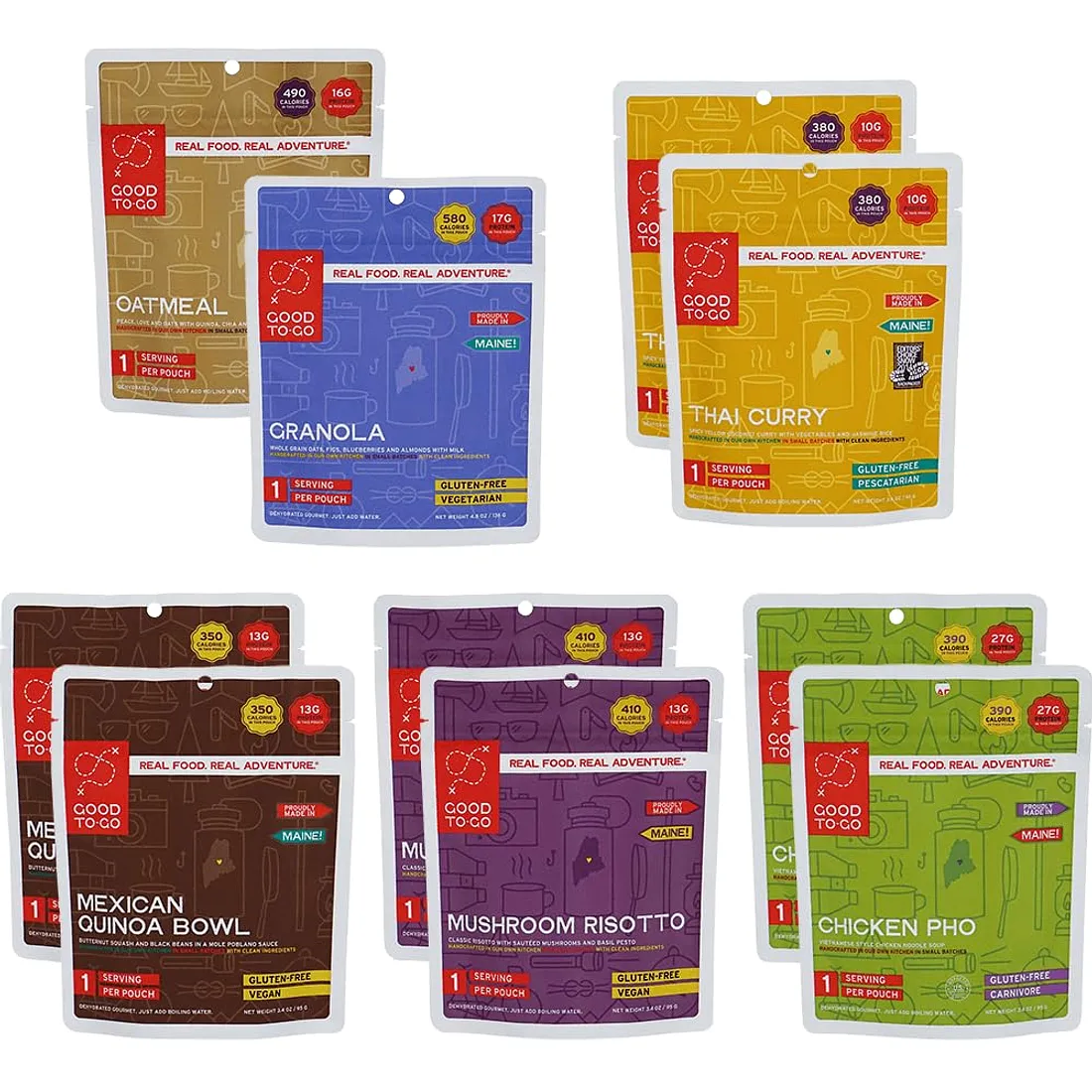
Good To-Go Dehydrated Meals
Calories
Nutrition
Taste
| Calories |
7
|
| Nutrition |
9
|
| Taste |
8
|
The Good To-Go Dehydrated Meals have consistently won over campers with their unbeatable variety of tasty flavors and quick, easy preparation that hits the mark, even in the great outdoors.
Runner Up #2
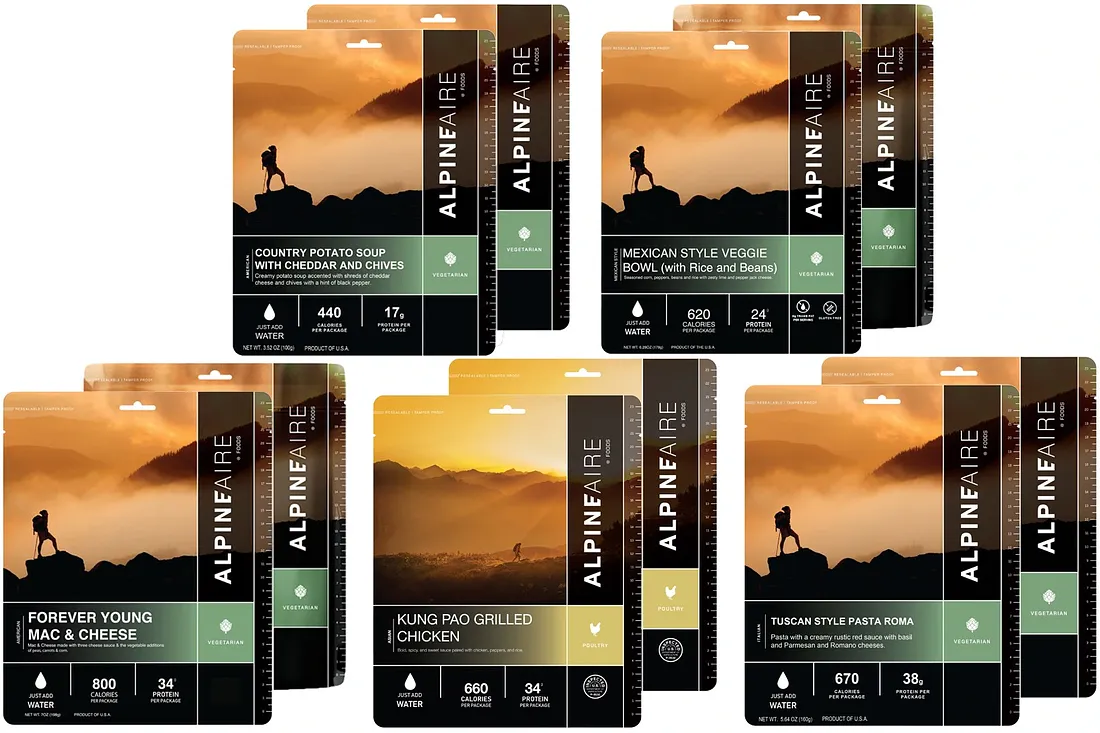
AlpineAire Foods Dehydrated Meals
Calories
Nutrition
Taste
| Calories |
6
|
| Nutrition |
6
|
| Taste |
7
|
Chosen as our top pick runner up, the AlpineAire Foods Dehydrated Meals hit the mark with campers for their easy-to-prepare convenience and flavor variety, consistently winning praises in user reviews for the authentic, home-cooked taste that stands out in the great outdoors.
What you should look for
(and what we test for)
Taste
Never compromise on meals that taste good. When you're miles away from the nearest restaurant, a satisfying meal is a true comfort and can massively improve your outdoor experience.
Calories
You burn a lot of calories hiking, camping and backpacking. Look for dehydrated meals that are going to give you a solid amount of calories. This is doubly true for fall, winter and spring, when you'll be expending more calories to stay warm.
Nutritional Value
Choose a dehydrated meal that has a high nutritional value, including essential proteins, carbohydrates, and fats to keep you energized during your active adventures.
Ease of Preparation
Look for meal packages that only require simple additions like hot water or are ready-to-eat, saving you valuable time and energy during your outdoor pursuits.
Peak Refuel Dehydrated Meals
$13.95The Best Dehydrated Meal
Based on our research and testing, we think the Peak Refuel Dehydrated Meals is the best Dehydrated Meal on the market right now, for anyone looking to play hard outside.

| Calories |
9
|
| Nutrition |
9
|
| Taste |
8
|
Reasons to Buy
- High in protein
- Easy to prepare
- Large variety of meals
- Excellent taste
Reasons to Avoid
- Slightly more expensive than competitors
- Can be high in sodium for those on restricted diets
For avid backpackers and outdoor enthusiasts, the quest for the perfect trail meal can be as challenging as the hike itself. Enter Peak Refuel, a brand that, while not reinventing the dehydrated meal wheel, certainly elevates it to new heights. Their range of backpacking meals stands out not for its cooking method or packaging, which remains familiar and user-friendly, but for the exceptional taste, high calorie, and impressive protein counts that cater brilliantly to the high-energy demands of trail life.
Excellent Taste and Nutrition
Peak Refuel's commitment to flavor is evident. Each lightweight pouch is filled with tastes that are not just palatable but genuinely enjoyable, a rarity with dehydrated meals. I found the Sweet Pork and Rice to be the standout of the seven different options I've tried so far. The rich, savory flavors and the surprisingly well-textured rehydrated meat were excellent. The Chicken Coconut Curry is another excellent option. A rice and curry option is pretty common among all the different dehydrated meal brands, but this is the best one I've tasted so far.
Value
Peak Refuel's offerings come at a slightly steeper price point compared to some other brands. However, considering the enhanced taste and higher caloric content, this feels like a fair trade. In the wilderness, where convenience and quality are paramount, the extra cost seems a small price to pay for meals that taste great and actually fill you up.
Protein
Perhaps the most noteworthy aspect of Peak Refuel meals is their high protein content. Protein, often hard to come by in substantial amounts on the trail, is crucial for muscle recovery after long, arduous treks. Peak Refuel addresses this gap brilliantly. You can tell that protein is a focus for them because they've put the amount of protein in big letters, right on the front of every package. This focus on high protein content sets Peak Refuel apart in a market often dominated by carbohydrate-heavy options.
Variety
The variety in Peak Refuel's menu is commendable. From classic flavors to more adventurous culinary creations, there's something for every palate. This diversity not only combats the monotony often associated with trail food but also caters to a range of dietary preferences and needs, making it a suitable option for a wide array of backpackers. That said, their offerings definitely skew towards the meaty. If you're looking for vegan options, check the sidebar on the left for other options, because this probably isn't the brand you're looking for.
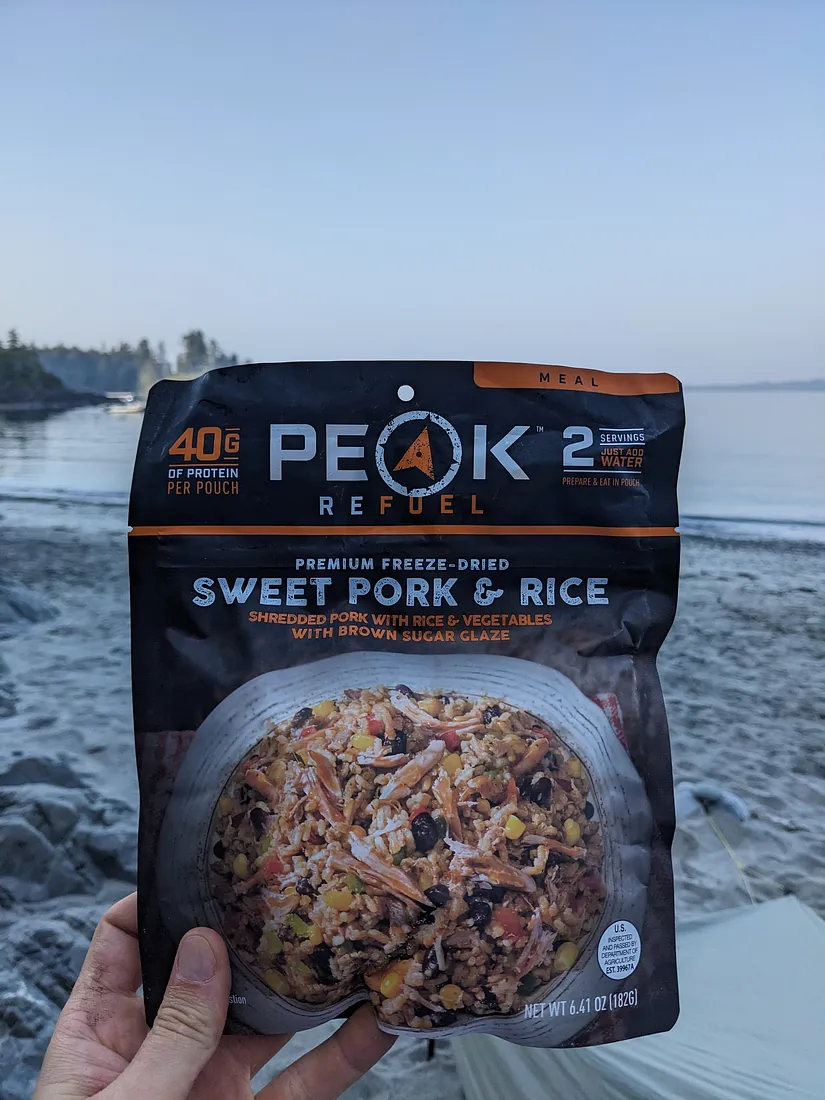



Good To-Go Dehydrated Meals
$15.50Runner Up
Based on our research and testing, we think the Good To-Go Dehydrated Meals is a great choice if you're looking for a dehydrated meal to go play hard outside with, if our top pick isn't quite what you're looking for.

| Calories |
7
|
| Nutrition |
9
|
| Taste |
8
|
Reasons to Buy
- Tasty and diverse meal options
- High in nutritional value
- Needs minimal preparation time
- Long shelf-life
- Accommodates various dietary restrictions
- Good value for the price
Reasons to Avoid
- Some flavors may taste bland to certain individuals
- Serving size may be insufficient for large appetites
- Variety packs may contain flavors not liked by everyone
- Packet opening can be tricky
Tackling adventures outdoors is amazing, until it’s time to refuel. Luckily, the Good To-Go Dehydrated Meals have swooped in to save the day. They definitely offer a welcome break from the typical trail sustenance of nuts, seeds, and jerky!
What sets these meals apart is the focus on wholesome, real food. Free from preservatives and additives, Good To-Go Dehydrated Meals aren't just nutritional, they're gratifyingly tasty. The company is committed to using clean, simple ingredients and that's evident in every bite. From the classic New England Corn Chowdah to the aromatic Thai Curry, these globally inspired cuisine options remind you of home cooking, making you forget that you're basking under the stars in the wilderness.
According to online customer reviews, the preparation of these meals seems to be a breeze. Just add hot water, seal the bag and let it sit for a few minutes before you dig in. These meals are not just efficient, they are a real time-saver so you can continue your exploration without having to pause for too long.
One common praise noticed in customer feedback is the generous portion sizes. Compared to other dehydrated camping meals, Good To-Go appears to provide a fuller, more satisfying meal. People have acclaimed the meal to not only satisfy hunger but also leave them feeling comfortably full.
There has, however, been a mixed reaction to the texture of some meals. Some customers found particular meals to be a bit on the mushy side, particularly the risotto options. This makes sense, considering that dehydrated food can sometimes lose its structure when rehydrated.
The price point is another area where some customers have raised an eyebrow, as these meals are on the higher end of the scale. However, many users acknowledge that premium ingredients and the convenience of easy preparation justify the cost.
AlpineAire Foods Dehydrated Meals
$13.95Runner Up
Based on our research and testing, we think the AlpineAire Foods Dehydrated Meals is a great choice if you're looking for a dehydrated meal to go play hard outside with, if our top pick isn't quite what you're looking for.

| Calories |
6
|
| Nutrition |
6
|
| Taste |
7
|
Reasons to Buy
- Very flavorful
- Easy preparation
- Good shelf life
- Versatility in choice of meals
- Resealable packaging
Reasons to Avoid
- On the pricier side
- Some dishes are quite high in sodium
- Certain meals may require extra water
AlpineAire Foods Dehydrated Meals are a fantastic companion for those outdoor adventure moments. They are easy to prepare, and they are as lightweight as a feather. The meals come in a variety of flavorful options, so your taste buds will definitely stay tantalized, no matter how many different trips you embark on.
Many users have highly appreciated the convenience and ease of preparation these meals offer. All you have to do is add boiling water, and wait for a few minutes. You don't have to worry about dirty dishes or complicated cooking equipment.
A significant number of purchasers have praised the taste, describing it as 'homelike' and 'satisfying.' Of course, everybody has different tastes, but it seems AlpineAire has managed to create flavors that appeal to a vast array of palettes. A couple of users even mentioned that it's hard to believe these meals are dehydrated, the taste is just that good.
There's also been a lot of positive talk about the meal selection. Whether you are vegan, vegetarian or a meat-lover, there is a meal for you. From spicy sausage pasta to three-cheese lasagna, and even a forest mushroom and herb risotto, AlpineAire Foods has put together a well-rounded menu. Users repeatedly mentioned how much they loved having such diverse options.
Despite all these positive comments, there were concerns raised. A few customers have mentioned that the texture of some meals may need getting used to, and some dishes may require more water than instructed on the package. On the flip side, there were others who felt the portions could be bigger, especially for voracious eaters after a long day on the trail. Yet, even those who had a few issues agreed that the pros far outweigh the cons with these meals.
In a nutshell, the best feature of AlpineAire Foods Dehydrated Meals seems to be their flavorful tastes that do not compromise on the homelike feeling, and definitely their easy and efficient preparation process. The company has taken both the convenience and culinary aspects of camping meals into serious consideration, making their products a reliable choice for any camping, backpacking or climbing adventure.
Backpacker's Pantry Dehydrated Meals
$9.95Best Budget Dehydrated Meal
Based on our research and testing, we think the Backpacker's Pantry Dehydrated Meals is a great pick if you're looking for a dehydrated meal that is more budget friendly, without sacrificing too much in quality.
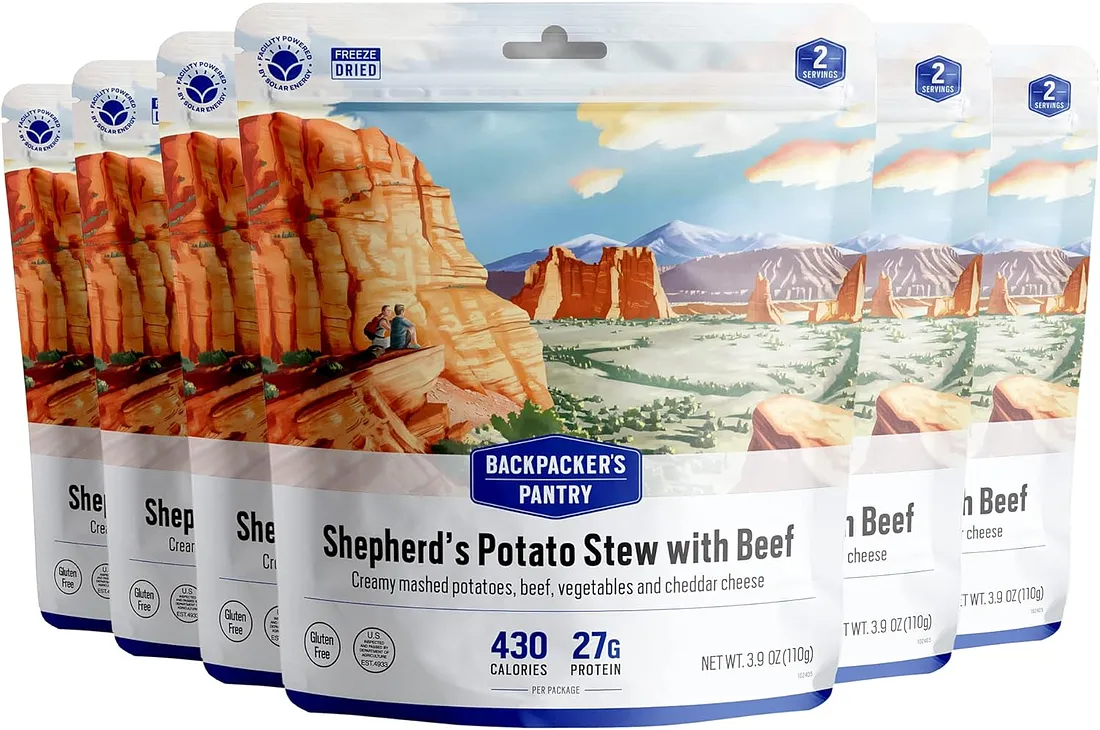
| Calories |
6
|
| Nutrition |
7
|
| Taste |
8
|
Reasons to Buy
- Rich in flavor variety
- Satisfying meal sizes
- Good value for money
- Extended shelf life
- Easy preparation instructions
- Considerate dietary options
Reasons to Avoid
- Some customers find preparation time longer than described
- Some meals might require addition of extra seasoning for enhanced taste
- Occasionally meals rehydrate unevenly
Ever been caught in a pickle of choosing between cheap and quality when on a camping or backpacking expedition? Well, Backpacker's Pantry Dehydrated Meals is proof that you can have both. This little wonder delivers on affordability without skimping on quality, making it an excellent choice for the budget-conscious camper.
What sets Backpacker's Pantry apart from the crowd is its great taste, despite being the budget pick. Online reviewers love the flavour profiles offered by these meals, which range from classic appeal to international cuisine. No more blah and bland dehydrated meals on your backcountry itinerary!
Another point to praise is the lightweight packaging. These meals are featherweight, making them superbly suitable for backpackers hauling their essentials over long distances. Users enjoy how this product lightens their load, without sacrificing a satisfying meal at the end of the day.
Backpacker's Pantry Dehydrated Meals are also easy to make. Simply boil water and add it to the meal pouch, then wait the recommended time. Online reviewers mention how convenient this is when you're exhausted from an arduous day out in the elements. This is super handy when setting up a complicated meal using minimal camp gear isn't on your bucket list after a long day of hiking.
But it's not all sunshine and rainbows. Some reviewers found certain meals to be a bit heavy on the salt. This can be a put off if you're watching your sodium intake, or prefer a less seasoned meal on the go. So, you may need to research which meals you pick, based on your personal taste and dietary requirements.
Some users have also mentioned that the meals require more water than initially advertised on the packaging. This could be a downside when you're in a location where every drop of water is precious.
Despite these few drawbacks, most online reviewers rave about the Backpacker's Pantry Dehydrated Meals for their taste, convenience and packability. For backpackers on a budget, it's a culinary treat beyond the humble trail mix.
Next Mile Meals Dehydrated Meals
$15.95Best Dehydrated Meal for Keto
Based on our research and testing, we think the Next Mile Meals Dehydrated Meals is a solid choice if you want a dehydrated meal that's really well suited to Keto.
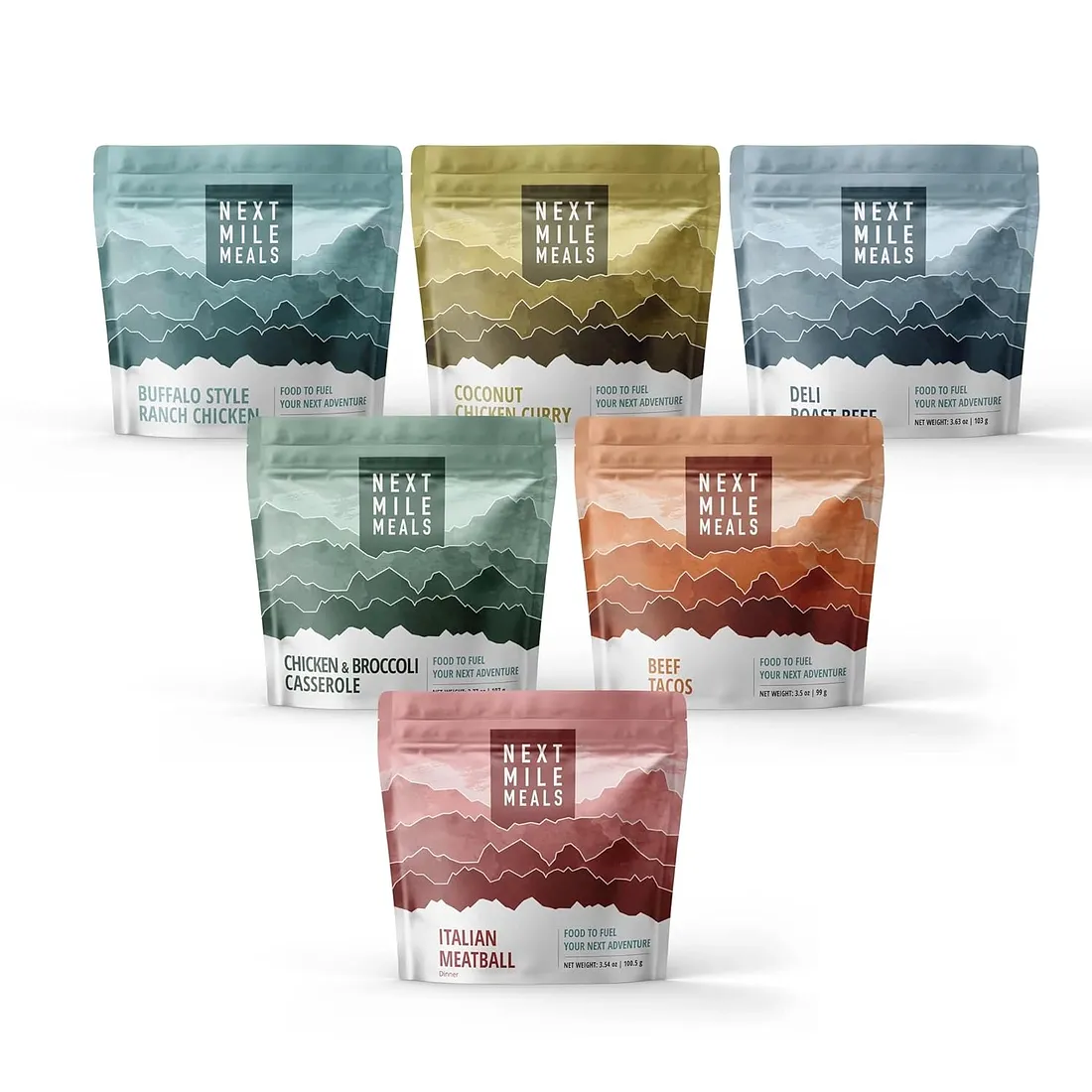
| Calories |
6
|
| Nutrition |
8
|
| Taste |
7
|
Reasons to Buy
- Great in Keto diet
- Easy and quick to prepare
- Variety of flavors
- Long shelf life
- Excellent packaging
Reasons to Avoid
- Pricey
- Not suitable for non-Keto
- Relatively high in salt
- Meals might be too heavy for some
Next Mile Meals Dehydrated Meals are a hit among those following a keto diet. They've been carefully formulated to meet the dietary requirements of those on a ketogenic program, being high in fats and low in carbs.
What purchasers like about these meals is their variety. Tired of the same old chicken and broccoli? No chance here. With flavors spanning from Beef Tacos to Italian Meatball, the creativity of your campside meals won't ever be compromised.
Consumers also rave about the ease of preparation. After a strenuous hike or climb, the last thing you want is a difficult dinner. The process is simple: just add boiling water, stir, and wait. After about 10 minutes, you've got a tasty, hot dish ready to eat.
The taste and texture are other qualities that have earned rave reviews. Buyers have pointed out that, unlike many dehydrated meals, Next Mile Meals retain the distinct textures of their ingredients, leading to a more satisfying eating experience.
Size is something else that reviewers have positively commented on. The portions are generous, providing a solid meal that will stave off the hunger after a long day of outdoor activities.
Generally, reviews are glowing when it comes to the quality of these dehydrated meals. However, some consumers have noted that it can sometimes be difficult to achieve a thoroughly mixed meal within the pouch. Difficulty aside, a quick stir prior to the waiting period can help ensure all ingredients are well hydrated.
Another potential downside is that these meals may be on the pricier side compared to standard dehydrated meals. That said, many happy customers feel that the cost is justified given the quality, flavor and specific dietary focus of these meals.
In summary, if you're following a keto diet and in search of outdoor meal options, Next Mile Meals Dehydrated Meals come heavily recommended from those who've tried and tested them. While there may be some minor preparation hiccups and cost may be a factor, the overall taste, variety and convenience of these ready-to-go meals more than make up for these points.
Nomad Nutrition Dehydrated Meals
$13.50Best Dehydrated Meal for Vegan
Based on our research and testing, we think the Nomad Nutrition Dehydrated Meals is a solid choice if you want a dehydrated meal that's really well suited to Vegan.
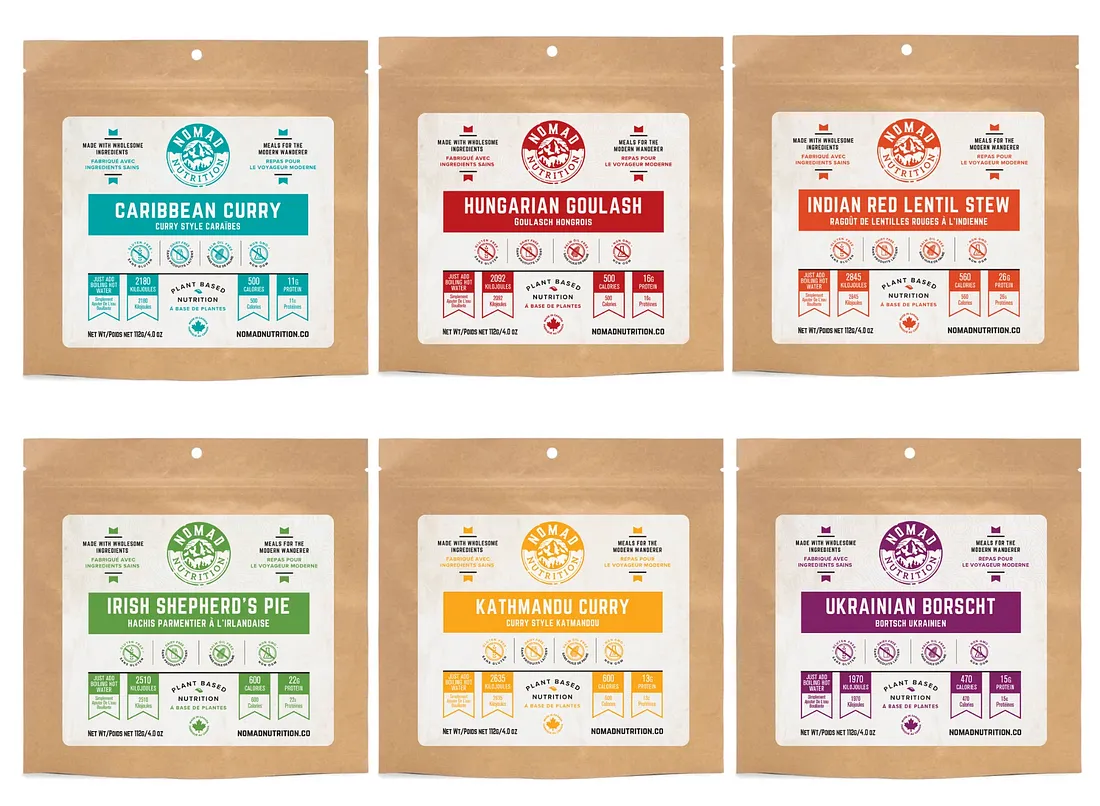
| Calories |
6
|
| Nutrition |
9
|
| Taste |
7
|
Reasons to Buy
- Packed with a good dose of protein
- Convenient and quick to prepare
- Vegan-friendly and gluten-free
- Tasty with varied flavors
Reasons to Avoid
- A bit pricey compared to other brands
- Portion size might be small for some
If you're on the search for vegan friendly backpacking meals, Nomad Nutrition has your back. Their line of dehydrated meals are like a breath of fresh air in the mountainous trail of typically meat heavy selections. Repeatedly, customers have gushed over the richness in flavor, which can often be a challenging feat for dehydrated meals.
Customers have applauded Nomad Nutrition's commitment to wholesome, hearty ingredients and the ability to satisfy even the hungriest of trail warriors. The impressive satiety of these meals is something of high note. Lentils, seeds, spices, and lots of vegetables - all these combined help to keep hunger at bay during strenuous hikes.
Additionally, a point of frequent praise is the company's dedication to health-conscious selections. Many have appreciated the low sodium content, lower than most of the other classic camping meals out there. And let's not forget about the high fiber content, which not only keeps you full, but it aids digestion as well - definitely a bonus on those long hiking trips.
The convenience factor of Nomad Nutrition meals also stands out. You only need hot water to prepare them, making it extremely easy during those tired evenings at the camp. The meals rehydrate quickly, so you're not left waiting around a campfire for an hour for your dinner to be 'ready'.
However, it's not all sunshine and daisies. Some reviewers have found the portion sizes to be somewhat lacking, especially considering the price point. Typical servings might not be enough for more ravenous adventurers and can leave them wanting more. Given the price tag, this could be a deterrent for those who are after better cost to portion ratios.
Another common critique was about the texture. While some don't mind, others found the texture to be a bit off-putting due to its mushiness. So, if you're someone who enjoys a little bite to your meals, this might be something to consider.
Overall, Nomad Nutrition Dehydrated Meals seem to offer a good alternative for vegan backpackers out there. Just be aware of the portion sizes and texture beforehand.
Related Posts
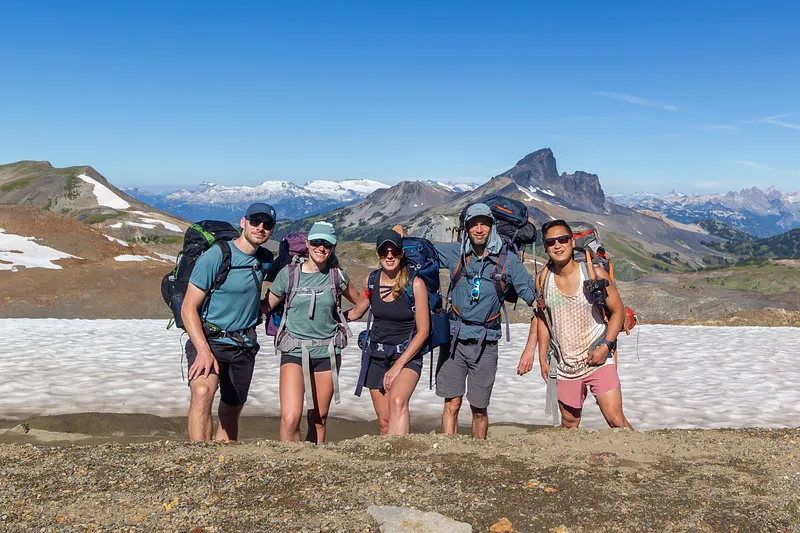
We really like a good ultralight adventure, and having a good ultralight backpack makes a lot of that possible. Finding the perfect balance of lightweight with enough structure and capacity is not...
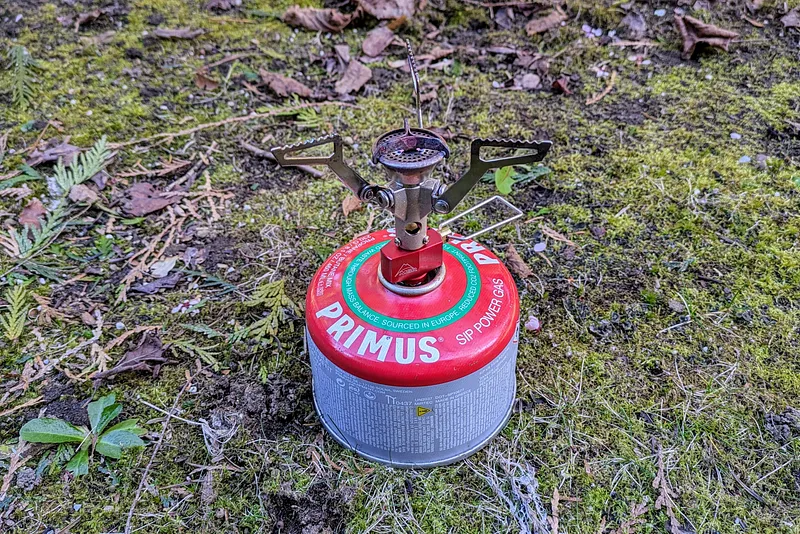
When it comes to backpacking, every gram counts. That’s why the cooking stove you choose to carry can make all the difference between an enjoyable meal out in the wilderness and a burdensome...
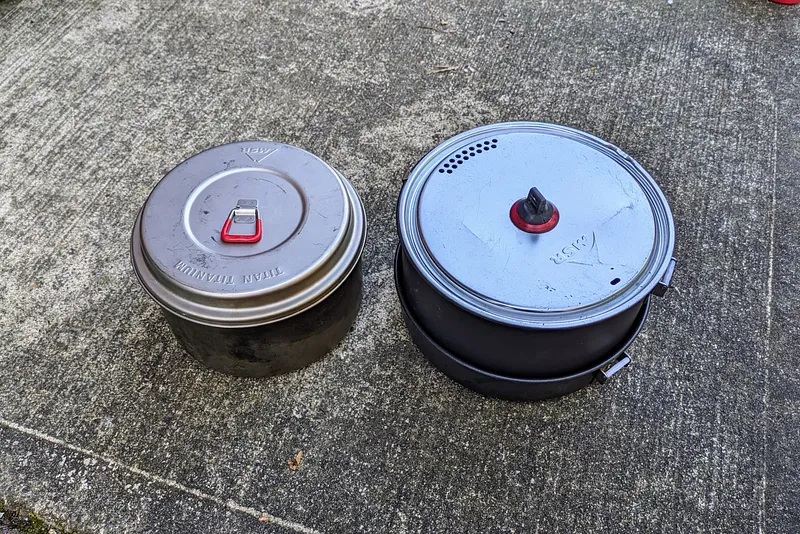
Welcome, campers, backpackers, and climbers! The right cookware set can really elevate your outdoor adventure by making meal preparation a breeze. If you've spent the day hiking, climbing, or just...
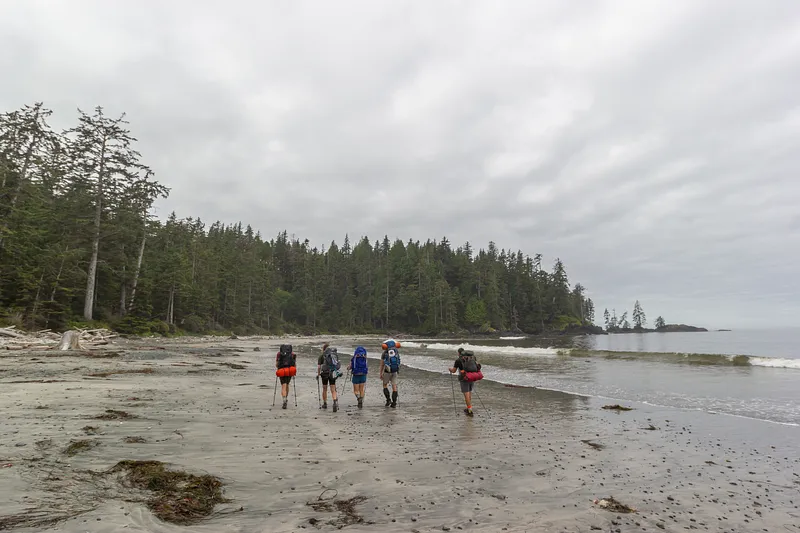
A good backpacking backpack will go far with you and can last years, but getting the right one is also important. If you don't get something comfortable, that fits you reasonably well, you might be...
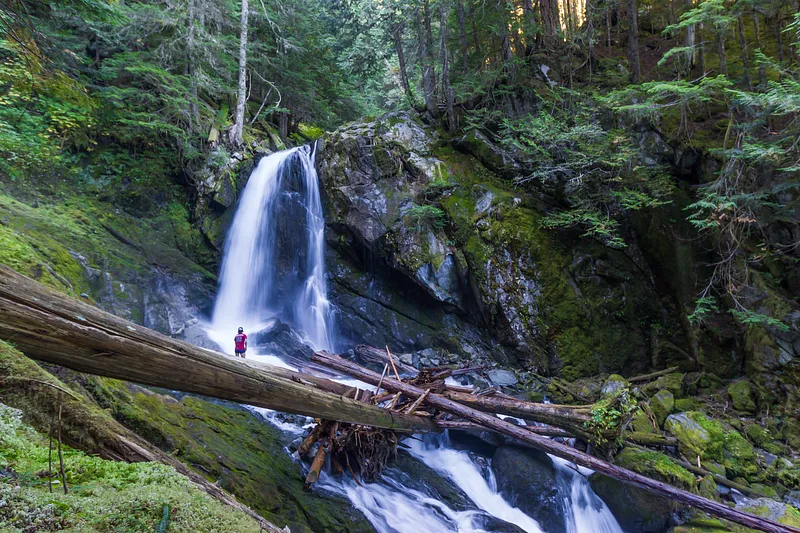
If you're an outdoor enthusiast, you realize that the beauty of nature comes with its challenges - particularly when it comes to sourcing drinking water. While water bodies scattered across hiking...

Whether you're rambling through the backcountry or setting camp close to home, respecting nature's inhabitants is inherent, and most crucially, so is safeguarding your chow from the sharp paws and...
